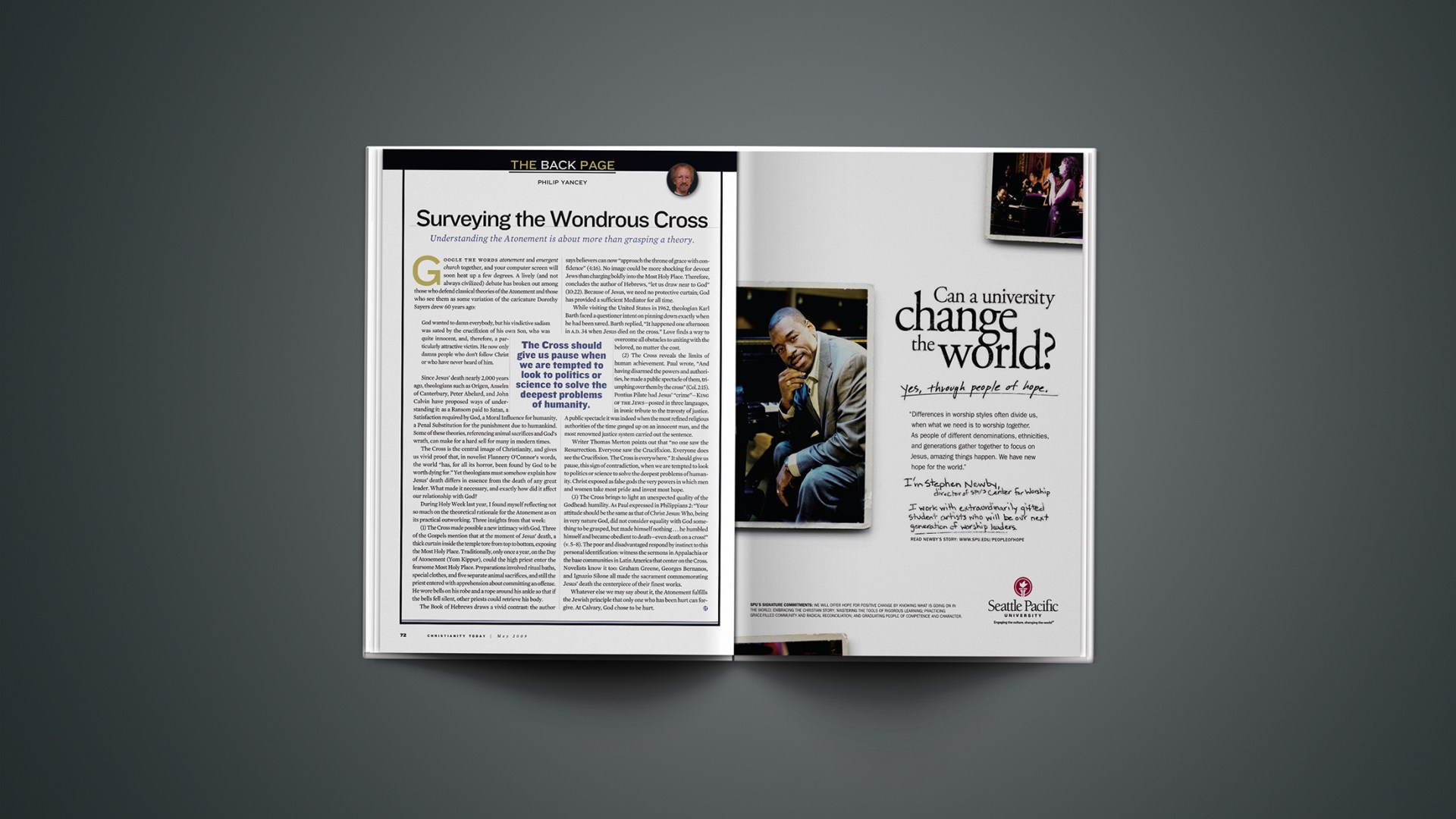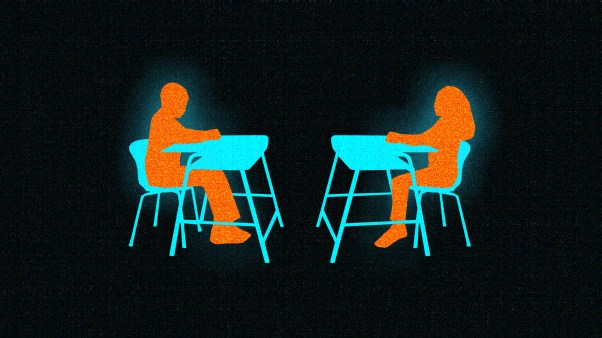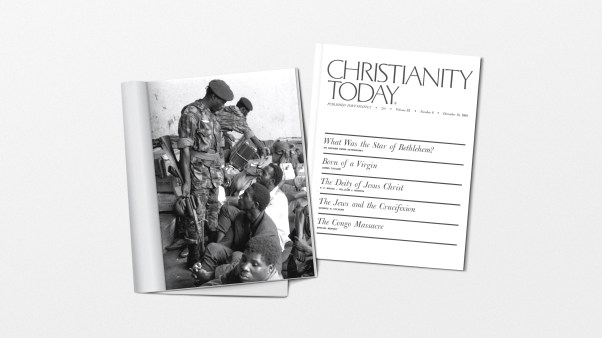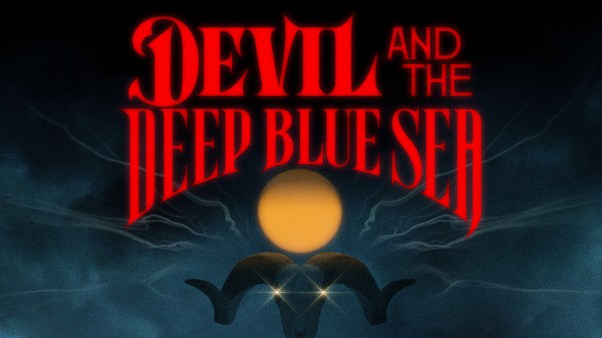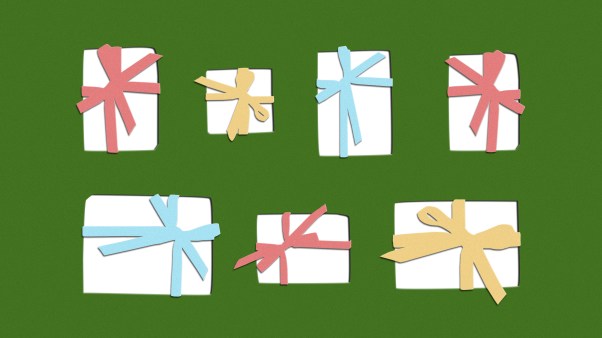Google the words atonement and emergent church together, and your computer screen will soon heat up a few degrees. A lively (and not always civilized) debate has broken out among those who defend classical theories of the Atonement and those who see them as some variation of the caricature Dorothy Sayers drew 60 years ago:
God wanted to damn everybody, but his vindictive sadism was sated by the crucifixion of his own Son, who was quite innocent, and, therefore, a particularly attractive victim. He now only damns people who don’t follow Christ or who have never heard of him.
Since Jesus’ death nearly 2,000 years ago, theologians such as Origen, Anselm of Canterbury, Peter Abelard, and John Calvin have proposed ways of understanding it: as a Ransom paid to Satan, a Satisfaction required by God, a Moral Influence for humanity, a Penal Substitution for the punishment due to humankind. Some of these theories, referencing animal sacrifices and God’s wrath, can make for a hard sell for many in modern times.
The Cross is the central image of Christianity, and gives us vivid proof that, in novelist Flannery O’Connor’s words, the world “has, for all its horror, been found by God to be worth dying for.” Yet theologians must somehow explain how Jesus’ death differs in essence from the death of any great leader. What made it necessary, and exactly how did it affect our relationship with God?
During Holy Week last year, I found myself reflecting not so much on the theoretical rationale for the Atonement as on its practical outworking. Three insights from that week:
(1) The Cross made possible a new intimacy with God. Three of the Gospels mention that at the moment of Jesus’ death, a thick curtain inside the temple tore from top to bottom, exposing the Most Holy Place. Traditionally, only once a year, on the Day of Atonement (Yom Kippur), could the high priest enter the fearsome Most Holy Place. Preparations involved ritual baths, special clothes, and five separate animal sacrifices, and still the priest entered with apprehension about committing an offense. He wore bells on his robe and a rope around his ankle so that if the bells fell silent, other priests could retrieve his body.
The Book of Hebrews draws a vivid contrast: the author says believers can now “approach the throne of grace with confidence” (4:16). No image could be more shocking for devout Jews than charging boldly into the Most Holy Place. Therefore, concludes the author of Hebrews, “let us draw near to God” (10:22). Because of Jesus, we need no protective curtain; God has provided a sufficient Mediator for all time.
While visiting the United States in 1962, theologian Karl Barth faced a questioner intent on pinning down exactly when he had been saved. Barth replied, “It happened one afternoon in A.D. 34 when Jesus died on the cross.” Love finds a way to overcome all obstacles to uniting with the beloved, no matter the cost.
(2) The Cross reveals the limits of human achievement. Paul wrote, “And having disarmed the powers and authorities, he made a public spectacle of them, triumphing over them by the cross” (Col. 2:15). Pontius Pilate had Jesus’ “crime”—King of the Jews—posted in three languages, in ironic tribute to the travesty of justice. A public spectacle it was indeed when the most refined religious authorities of the time ganged up on an innocent man, and the most renowned justice system carried out the sentence.
Writer Thomas Merton points out that “no one saw the Resurrection. Everyone saw the Crucifixion. Everyone does see the Crucifixion. The Cross is everywhere.” It should give us pause, this sign of contradiction, when we are tempted to look to politics or science to solve the deepest problems of humanity. Christ exposed as false gods the very powers in which men and women take most pride and invest most hope.
(3) The Cross brings to light an unexpected quality of the Godhead: humility. As Paul expressed in Philippians 2: “Your attitude should be the same as that of Christ Jesus: Who, being in very nature God, did not consider equality with God something to be grasped, but made himself nothing … he humbled himself and became obedient to death—even death on a cross!” (v. 5-8). The poor and disadvantaged respond by instinct to this personal identification: witness the sermons in Appalachia or the base communities in Latin America that center on the Cross. Novelists know it too: Graham Greene, Georges Bernanos, and Ignazio Silone all made the sacrament commemorating Jesus’ death the centerpiece of their finest works.
Whatever else we may say about it, the Atonement fulfills the Jewish principle that only one who has been hurt can forgive. At Calvary, God chose to be hurt.
Copyright © 2009 Christianity Today. Click for reprint information.
Related Elsewhere:
Christianity Today has written more on the Atonement, including:
Your Atonement Is Too Small | Why having more clubs in our theological golf bags helps us to better finish the course. (May 20, 2008)
Nothing But the Blood | More and more evangelicals believe Christ’s atoning death is merely a grotesque creation of the medieval imagination. Really? (May 1, 2006)
The Pursuing Father | What we need to know about this often misunderstood Middle Eastern parable. (October 26, 1998)
CT also has previous columns by Philip Yancey.

